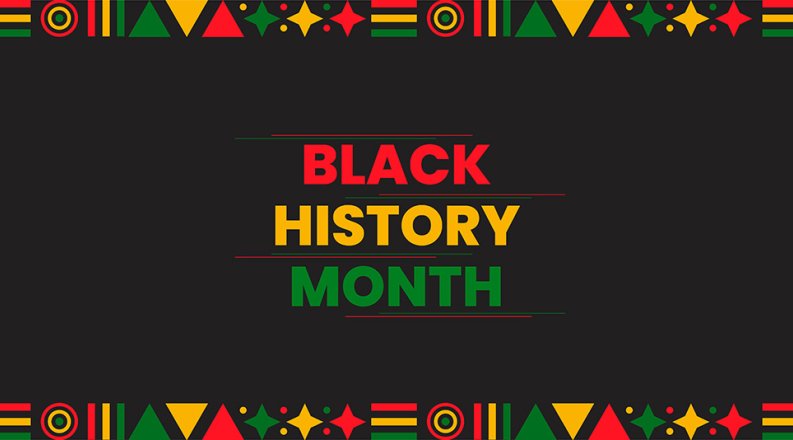Throughout history, the African American experience has been wrought with pain and sorrow, grit and determination, as well as resilience and fortitude. In many ways, African American communities have demonstrated profound moral courage to help shape our Nation for the better. That is why it is essential that we take time to celebrate the immeasurable contributions of Black/African Americans, honor the legacies and achievements of generations past, reckon with centuries of injustice, and confront those injustices that still fester today. This year’s theme highlights the innumerable contributions of “African Americans and the Arts.” Black/African American history is American History, Black/African American culture is American culture, and these stories are essential to the ongoing story of America—our faults, our struggles, our progress, and our aspirations.
African American art is infused with African, Caribbean, and the Black American lived experiences. In the fields of visual and performing arts, literature, fashion, folklore, language, film, music, architecture, culinary and other forms of cultural expression the Black/African American influence has been paramount. Black/African American artists have used art to preserve history and community memory as well as for empowerment. Artistic and cultural movements such as the New Negro, Black Arts, Black Renaissance, hip-hop, and Afrofuturism, have been led by people of African descent and set the standard for popular trends around the world.
For centuries Western intellectuals denied or minimized the contributions of people of African descent to the arts as well as history, even as their ancestry in many genres was mimicked and/or stolen. However, we can still see the unbroken chain of Black art production from antiquity to the presents, from Egypt across Africa, from Europe to the New World. The suffering of those in bondage gave birth to the spirituals—or what W.E.B. Du Bois called the “sorrow songs”—the nation’s first contribution to music. Black/African American contributions to literature include works by poets like Phillis Wheatly essays, autobiographies, and novels by such writes such as David Walker and Maria Stewart. Black aesthetics have also manifested themselves through sculptors like Edmonia Lewis and painters like Henry O. Tanner.
The 1920s and 1930s witnessed the rise of the Black Renaissance and New Negro Movement which brought Black/African American arts to an international stage. Langston Hughes, Josephine Baker, Feral Benga, and Lois Mailou Jones brought Black/African American culture and aesthetics internationally, as its ascent through many American cities housed many Black artists.
Throughout the 1960s cultural nationalism inspired a new generation of Black/African American artists who examined their own cultural heritage to establish art galleries and museum exhibitions to show their own work. Artists like Alvin Ailey, Amiri Baraka, Nikki Giovanni, and Sonia Sanchez infused the theories of the Negritude movement with their own works to create long lasting and impactful projects that still inspire Black/African Americans to this day.
By the early 1970s, Black/African musicians in New York began experimenting with a new genre of music called hip-hop. They used technical equipment such as turntables, synthesizers, drum machines, and samplers to make their songs. Since then, hip-hop has become a pivotal force in political, social, and cultural spaces and is a medium where issues of racial violence in the inner city, sexism, economic disinvestment, among other issues take a center stage.
In celebrating the entire history of African Americans and the arts, the Office of Institutional Equity and Diversity puts a spotlight on the richness of the past and present with an eye towards what the rest of the twenty-first century will bring. We also encourage the University community to explore our digital toolkit which provides many resources to commemorate the contributions of African Americans and the arts.



